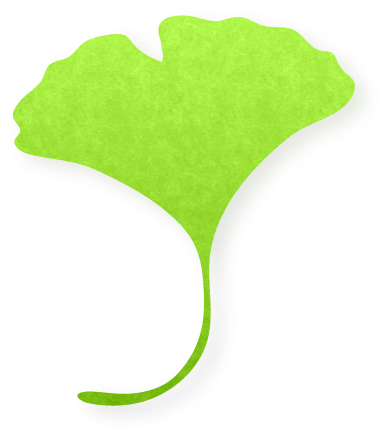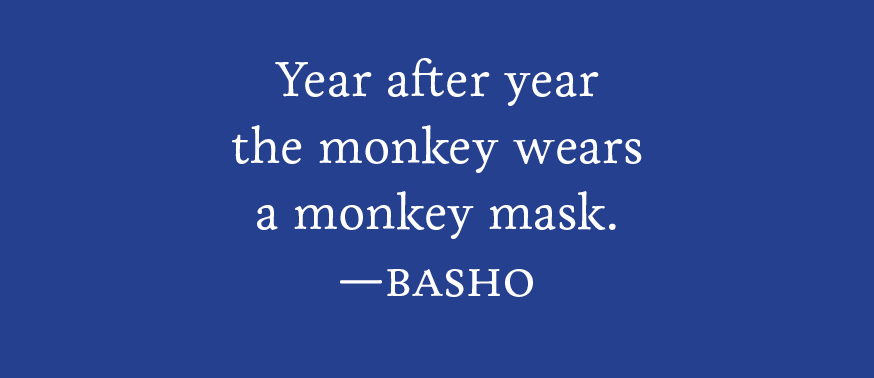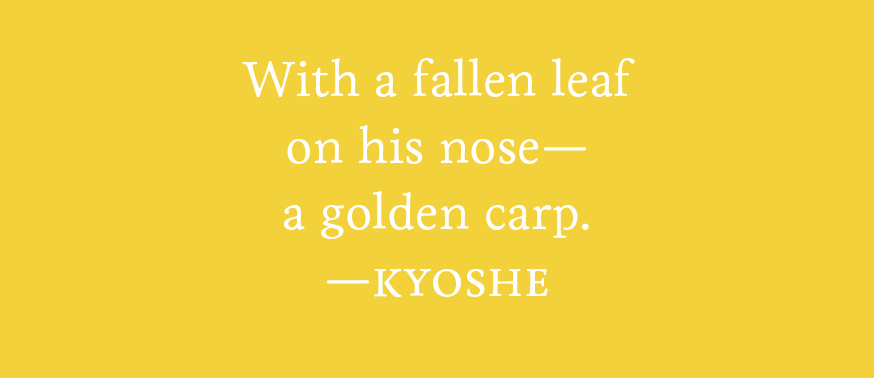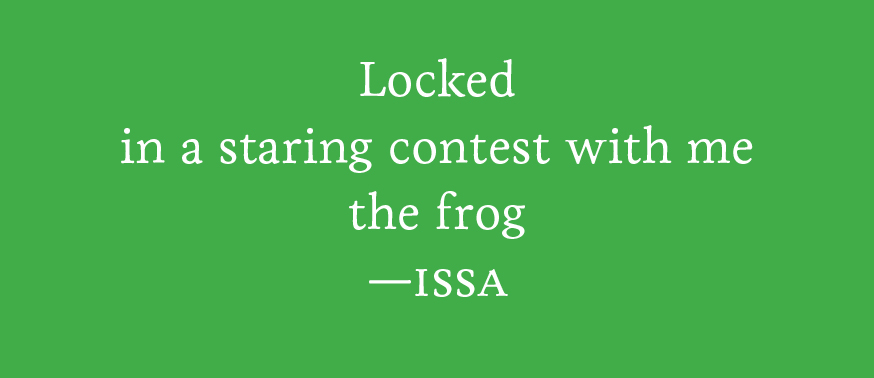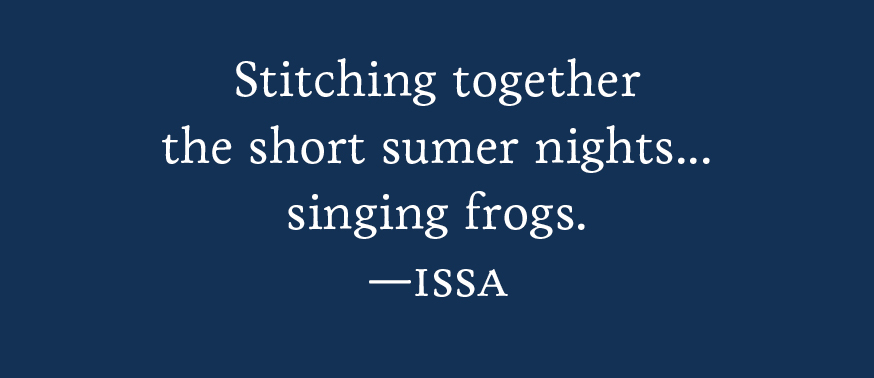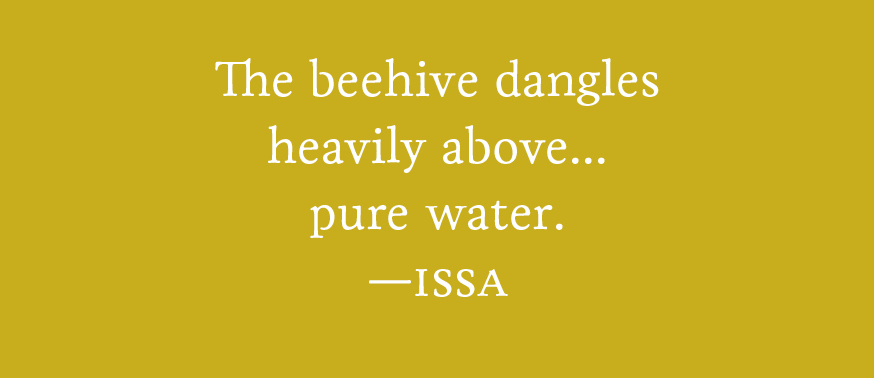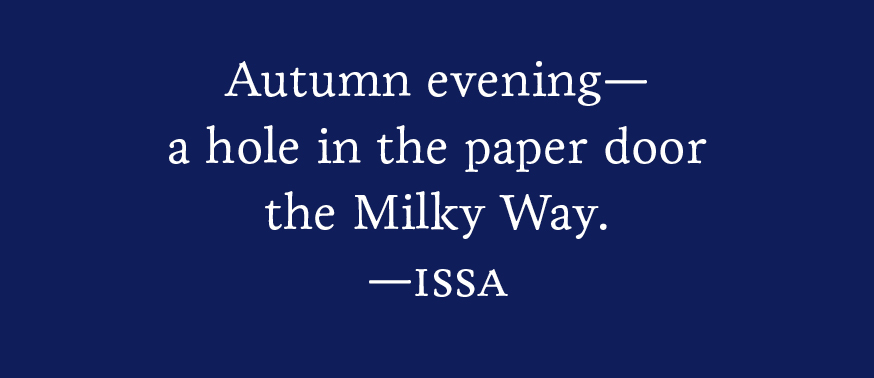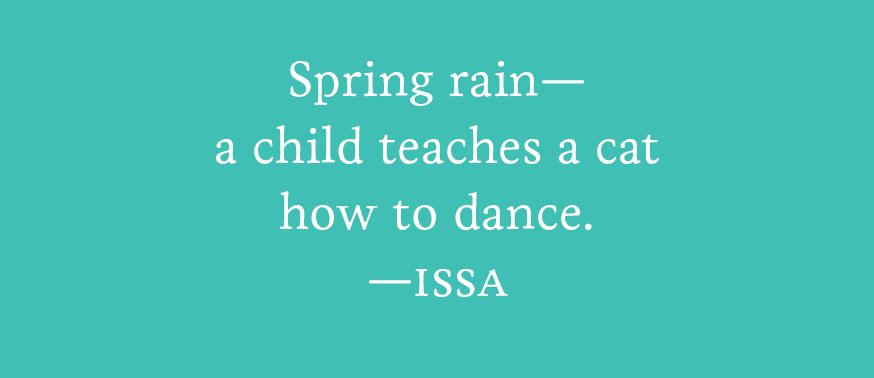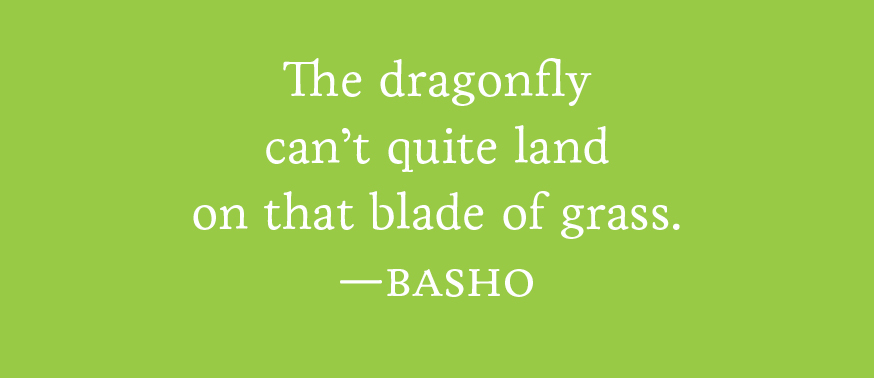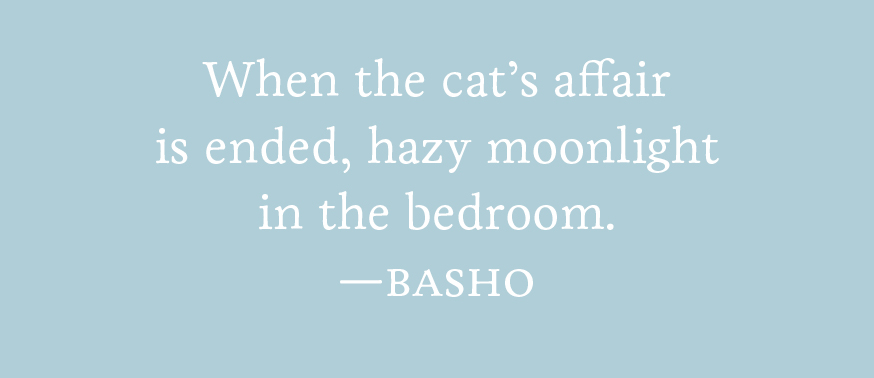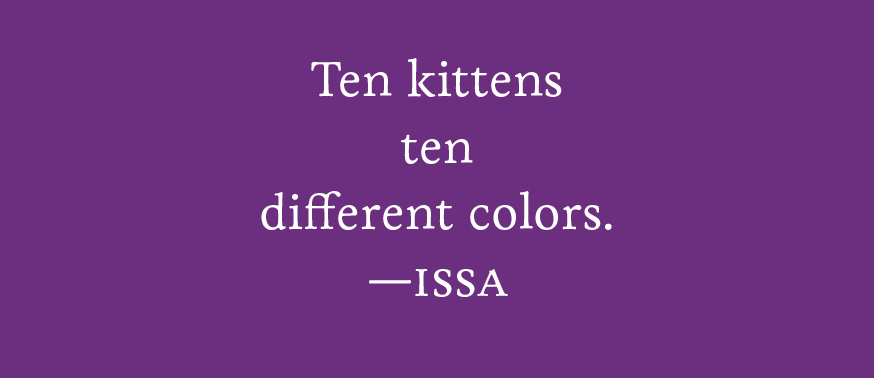The Art of Haiku, a book by Stephen Addiss, recently spent several weeks weighing down my trusty backpack and enlightening my mind. I overstate its weight—I was just comparing it to my Kindle, which has replaced my transient books; like the Kindle, The Art of Haiku promises countless stories. I found the text a deft read even as it brimmed with philosophy, history, and intriguing ideas that verge on life advice. In the book, Addiss traces haiku poetry from its historical roots in Japan to its modern incarnation, giving the reader a sense of the tone and cadence of the original language. Addiss, an artist and art historian, also discusses the practice of haiga, where poems and ink-brush paintings accompany each other, expanding and enlarging each medium by juxtaposition. With the brevity and pellucid clarity of five-seven-five syllables—not always strictly followed by haiku poets—this compact form intrigues me, even goads me a bit. Slow down and focus on moments, it says, step-by-step.
I've been attempting to create paintings inspired by lively or intriguing haiku poems. For an art show idea, I was planning to print a hundred poems and set them down as shuffled cards on a table, and present twelve paintings inspired by twelve of those poems, so that the readers of the cards could try to match a poem to the painting on the wall. Quickly, I realized that many haiku poems don't suggest one painting, but dozens. Open spaces reside in each poem, and defining words into a visual image can set borders down around them; otherwise, these moments wish to flourish behind the eye, in imaginative spaces more profound than even my darkly yawning backpack.
What kinds of minds produced the timeless haiku anthologized in The Art of Haiku? The most well-known poets from the Edo era until more modern times embodied ideals common to other forms of poetry: Basho, the spiritualist; Buson, the artist, and Issa, the humanist. Basho, a nomad who retired from the big city to live in a hut made of banana-tree leaves, often nested his poems in narratives about his peregrinations. He educated many students in the art of haiku, leaving memories and stories of the master long after he wrote his final death poem: "falling sick on a journey / my dream goes wandering / over a field of dried grass."
Addiss describes characteristics of Basho, who wrote happily, if a bit wearily, until he had nothing left to give: "Don't fit into categories...Appreciate the past but don't be overwhelmed by it...Seek the new...Be curious and non-judgmental...find the humor and lightness...bring together the unlike...know that nature and human nature are the same."
Below, I've selected some poems from Addiss's book, and a few other translations, that reveal the uncanny wit and wisdom of Basho, Buson, and Issa, and other more obscure haiku poets, such as the austere modern poet Santoka, whose poems have a richness, resonance, and generosity of spirit that defy their seemingly abrupt minimalism. I gave each poem a color theme, depending on its seasonal hue and the mood imbued in the words. You can enlarge each poem by clicking on it.
